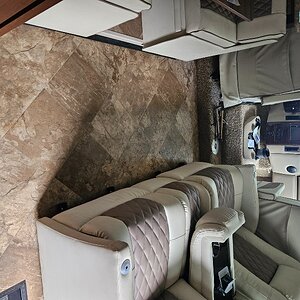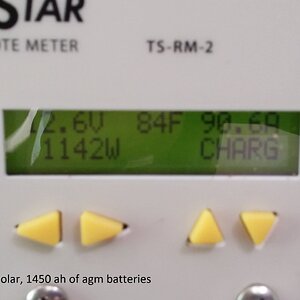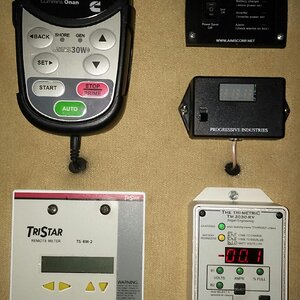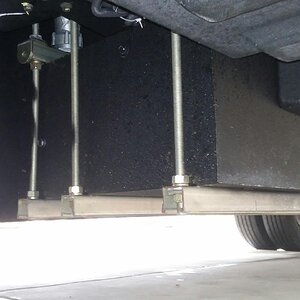Joe Dutchstar
RVF Supporter
- Joined
- Nov 3, 2019
- Messages
- 3,643
- Location
- Florida
- RV Year
- 2024
- RV Make
- Newmar
- RV Model
- Dutch Star 4311
- RV Length
- 43
- Chassis
- Spartan
- Engine
- Cummins
- TOW/TOAD
- 2018 Ford Flex
- Fulltimer
- No
Recently the MediVac Lear 55 Longhorn BlackBox Cockpit Voice Recorder was recovered from the impact crater. It was located eight feet below the surface. This Box is typically installed at the rear of the aircraft.
This got me thinking how could the equipment survive this impact.
Found a quick summary of load limits, quite impressive:
black box refers to its ability to withstand extreme forces during a crash. The black box, which consists of a flight data recorder (FDR) and a cockpit voice recorder (CVR), must be able to endure significant impact forces to ensure the integrity of the recorded data.
The g limit for a black box is typically set at 3,400 Gs, which is equivalent to an impact velocity of about 310 mph. This ensures that the black box can survive severe crashes. Additionally, the black box must be able to withstand high temperatures up to 2,000 degrees Fahrenheit for one hour, as well as water pressure found in depths of up to 6,000 meters.
These robust specifications make the black box a highly reliable device for recording and preserving critical information about an aircraft's flight and cockpit conditions, which can be crucial for investigating aviation accidents and incidents.
This got me thinking how could the equipment survive this impact.
Found a quick summary of load limits, quite impressive:
Airplane Black Box Limit
The term "g limit" for an airplane'sblack box refers to its ability to withstand extreme forces during a crash. The black box, which consists of a flight data recorder (FDR) and a cockpit voice recorder (CVR), must be able to endure significant impact forces to ensure the integrity of the recorded data.
The g limit for a black box is typically set at 3,400 Gs, which is equivalent to an impact velocity of about 310 mph. This ensures that the black box can survive severe crashes. Additionally, the black box must be able to withstand high temperatures up to 2,000 degrees Fahrenheit for one hour, as well as water pressure found in depths of up to 6,000 meters.
These robust specifications make the black box a highly reliable device for recording and preserving critical information about an aircraft's flight and cockpit conditions, which can be crucial for investigating aviation accidents and incidents.












